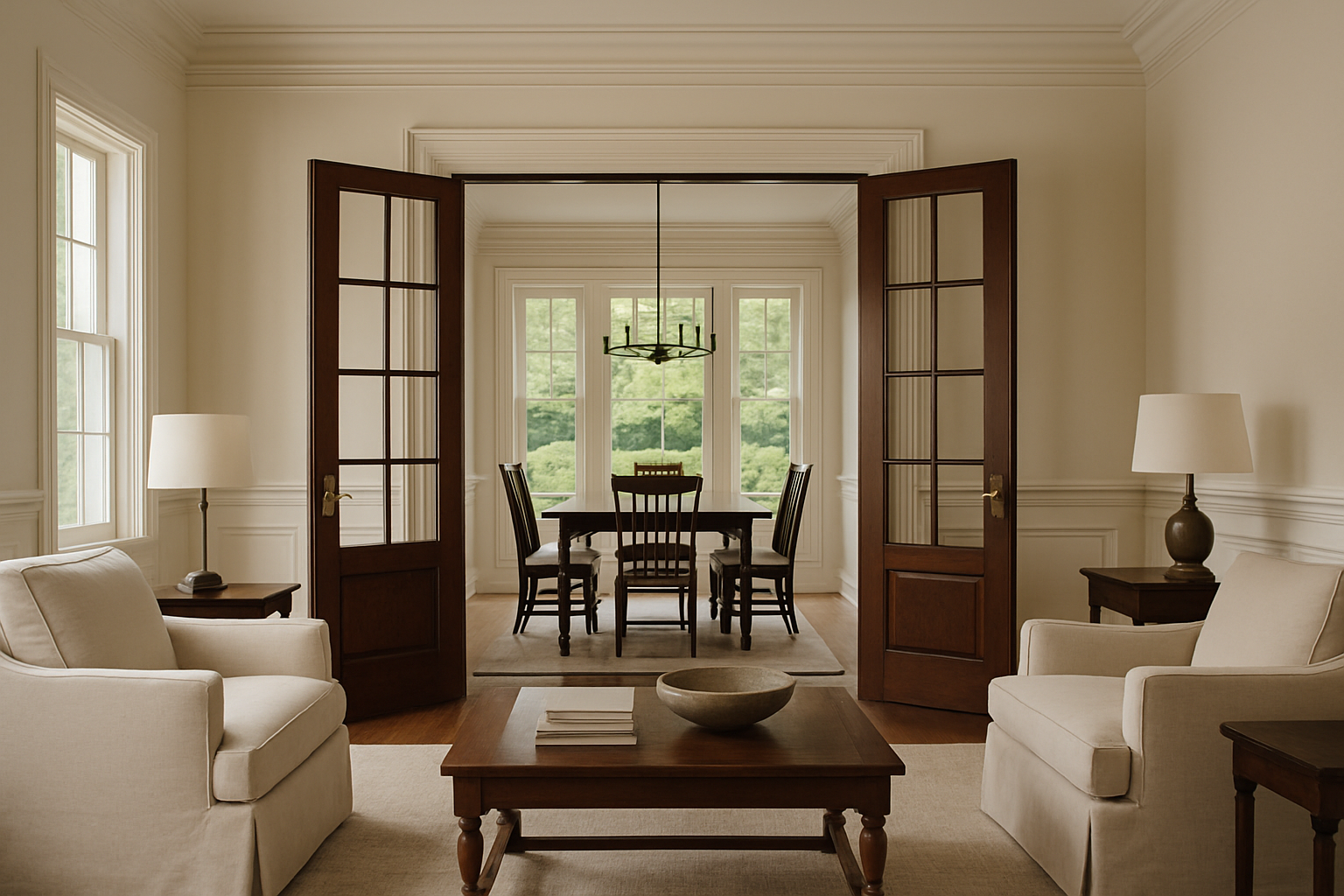Chandelier Types, Materials, and Placement for Your Room
A chandelier can transform a room from purely functional to distinctly styled by combining light, material, and scale. As a light fixture, chandeliers come in many shapes and finishes, from metal frames to warmer wood accents, and from traditional crystals to pared-back modern chandelier designs. This article explains how chandeliers work, how to choose one for different rooms, and practical tips for installation and upkeep.

What counts as a light fixture?
A chandelier is a type of light fixture that hangs from the ceiling and distributes light across a space while serving as a design focal point. Unlike flush mounts or recessed lighting, chandeliers are typically suspended and can incorporate multiple bulbs, shades, or reflective elements. They are sized and wired like other fixtures but are chosen for both illumination and visual impact. When evaluating a chandelier, consider lumen output, bulb types, and compatibility with dimmers to match the room’s lighting needs.
How to choose a chandelier for a room?
Selecting the right chandelier for a room involves scale, ceiling height, and the intended use of the light. For dining rooms, center the fixture over the table and choose a width about half to two-thirds the table’s width. In living rooms or entryways, allow for sufficient clearance beneath the fixture—usually 7 feet or more in walk-through spaces. Measure ceiling height to determine chain or rod length and choose bulb brightness to layer with other light sources like floor lamps or sconces. Factor in the room’s decor so the fixture complements rather than competes.
Why choose metal for a chandelier?
Metal chandeliers offer durability and a wide range of finishes—brushed nickel, brass, black iron, and more—providing versatility for many interior styles. Metal frames can be crafted into intricate arms or minimalist geometric forms, and they often withstand humidity better than some organic materials. Metal also conducts heat away from bulbs efficiently and supports various lamping options, including LED retrofits. When selecting a metal fixture, check the weight and mounting hardware to ensure your ceiling junction box can safely support it.
How does wood affect chandelier style?
Wood chandeliers introduce warmth and texture, making them popular in rustic, coastal, and Scandinavian-inspired interiors. Wood elements can be combined with metal for a mixed-material look or featured alone for softer silhouettes. Because wood can be more sensitive to humidity and temperature changes, finishes and sealing are important to prevent warping or discoloration. Wood fixtures may also weigh less than certain metal or crystal alternatives, which can affect installation choices and where they are best used within a home.
What defines a modern chandelier?
A modern chandelier typically emphasizes simple geometry, clean lines, and functional lighting over ornate decoration. Materials such as matte metal, clear glass, or minimal wood accents are common, and the form often prioritizes visual balance and proportion. Modern chandelier designs may use linear arrangements, exposed bulbs, or LED-integrated modules to deliver efficient, glare-controlled light. When choosing a modern chandelier, consider how its shape reads from different angles in the room and whether its scale aligns with surrounding furniture and architectural elements.
How to install and maintain a metal or wood chandelier?
Installation should begin with confirming that the ceiling junction box is rated for the fixture’s weight; for heavier metal or wood chandeliers, a supportive brace or fan-rated box may be required. Turn off power at the circuit breaker before wiring, and follow manufacturer instructions or hire an electrician for complex installs. Maintenance differs by material: wipe metal finishes with a soft cloth and mild cleaner, avoiding abrasive products that remove protective coatings; dust wood with a dry cloth and periodically check seals on finishes. For bulbs and electrical components, use the correct wattage and replace any frayed wiring promptly.
Conclusion
Choosing a chandelier involves balancing function, material, and proportion so the light fixture supports the room’s use and style. Metal and wood each bring distinct advantages—durability and finish variety in metal, warmth and texture in wood—while modern chandelier designs provide streamlined options for contemporary interiors. Careful measurement, proper installation, and regular maintenance help ensure your chandelier remains both a practical light source and a defining element of the space.






